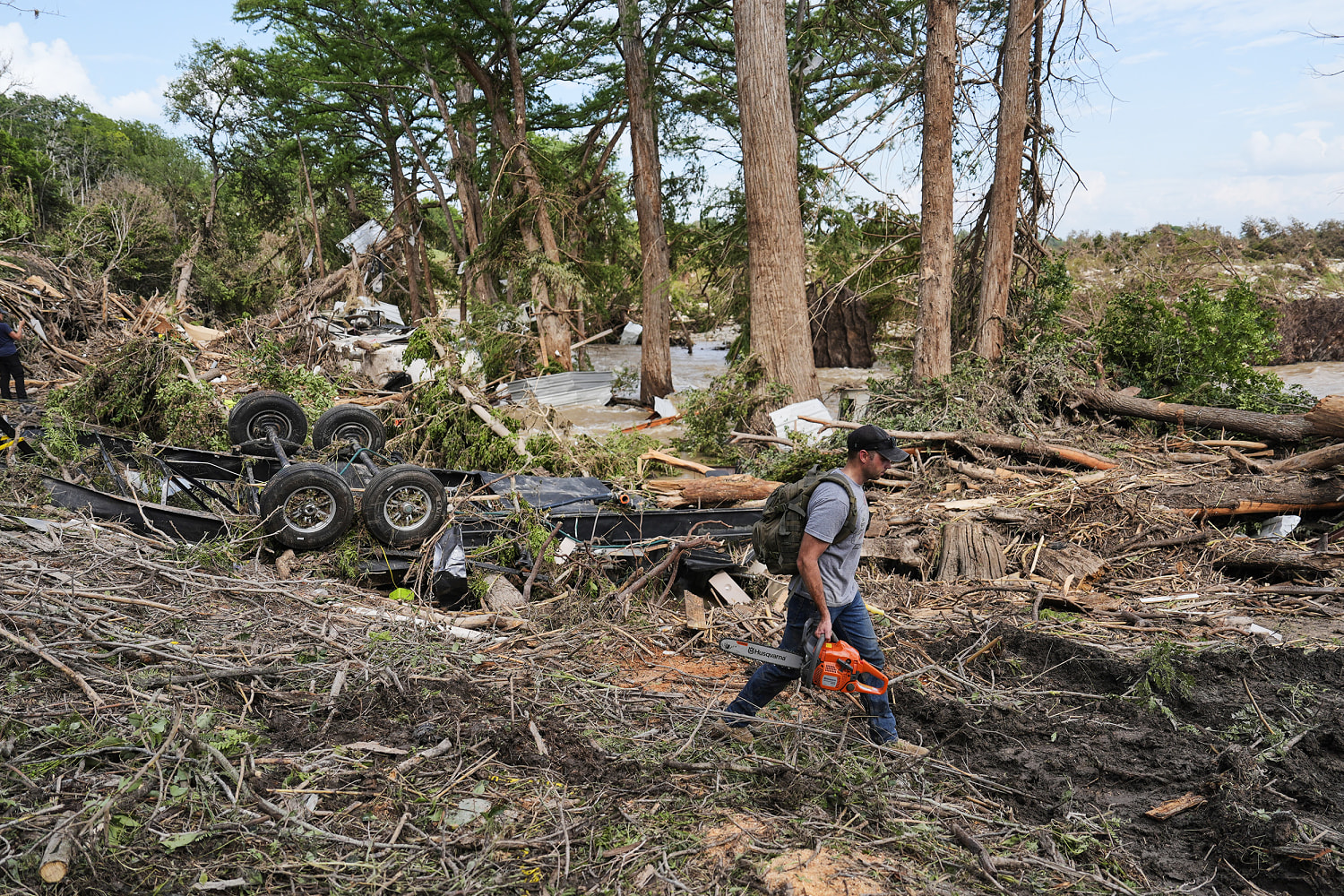
Right now, the best tools available can provide ample warning of a general flash flooding threat, but localized flash flooding can only be predicted when real-time radar and sensor tools are able to determine the rainfall rates.
“The reality is for flash flooding in flood-prone areas, you should be thinking about it in the same way you do a tornado,” Gerard said. “We can’t tell you your particular spot is going to get hit in the same way we can’t tell you your particular spot is going to get hit by a tornado.”
Scientists expect more intense rainfall events as human use of fossil fuels warms the atmosphere, making the quality of weather models even more important.
For every degree of warming in Fahrenheit, the atmosphere can hold about 3% to 4% more moisture. Global temperatures in 2024 were about 2.32 degrees higher than the 20th-century average, according to NOAA data.
“Rain occurs when you have a really moist parcel of air at the surface and it rises in the atmosphere and it cools off … think of a sponge full of water and you start squeezing, wringing out the sponge and the water falls out,” Andrew Dessler, a climate scientist at Texas A&M University, said. “In a warmer atmosphere, there’s more water in the sponge, so when you wring it out, you get more water falling.”
While climate change increases the odds of extreme rainfall, it shouldn’t have effects on the accuracy of weather models because they rely on real-time weather observations and the basic, underlying physics that govern interactions between all kinds of matter. The laws of physics are impervious to climate change.
“They’re using input data that has climate change in it,” Dessler said. “It’s incorporated.”
In Texas, higher temperatures have already translated into more intense rainfall. In a 2024 report, Nielsen-Gammon found that “extreme one-day precipitation” had increased by 5% to 15% since the late 20th century. By 2036, he expected an additional increase of about 10% in extreme rainfall intensity.















Leave a Reply